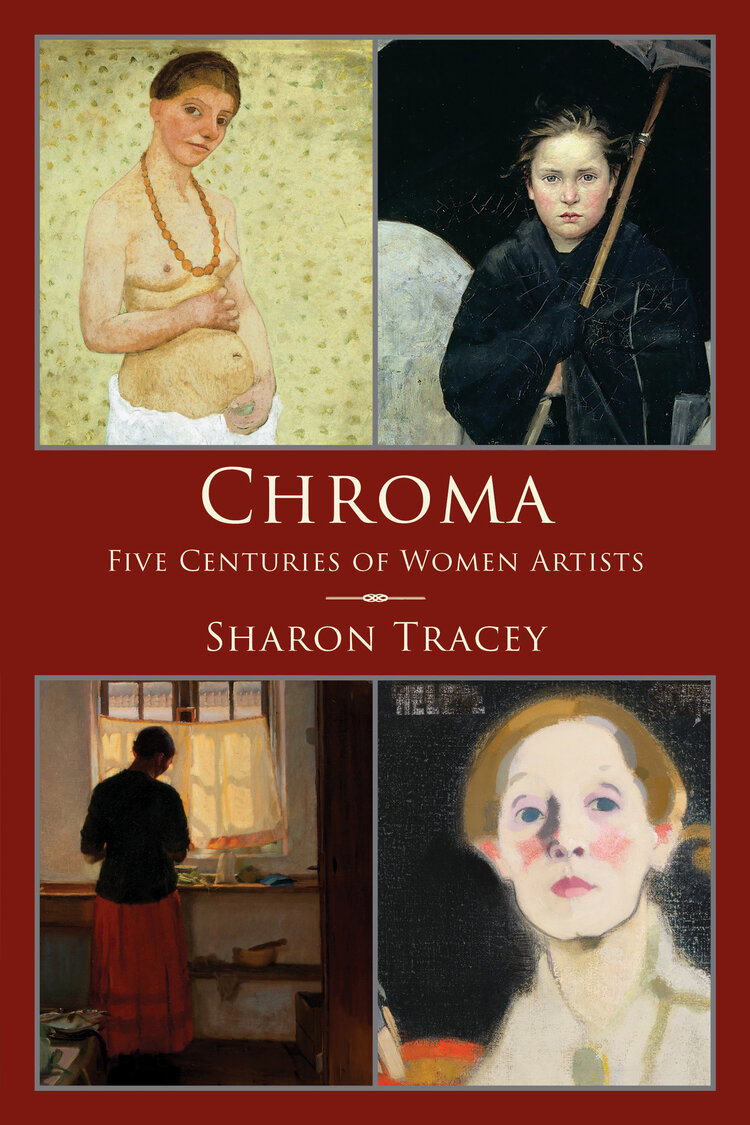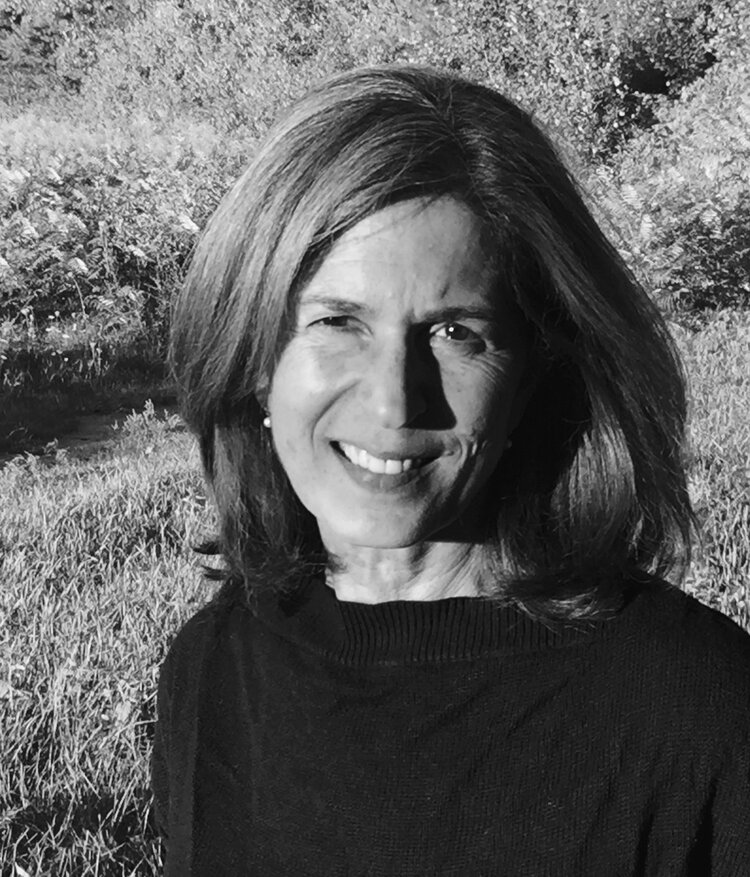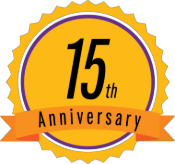When did you first encounter poetry? How did you discover that you wanted to write poems?
I still have a childhood copy of Stevenson’s A Child’s Garden of Verses, but it was an English class in high school with Ms. Benz where I truly fell in love with poetry—where we had the opportunity to dive deeply into poems and the lives of particular poets over the course of a year. My first “assigned” poet was Edna St. Vincent Millay and many of her lines remain close to me—“Euclid alone has looked on Beauty bare. / Let all who prate of Beauty hold their peace, / And lay them prone upon the earth and cease / To ponder on themselves, the while they stare /…” Then it was on to Dickinson, Frost, and Bishop and back to Keats and Hopkins and beyond. Reading poems aloud and sharing in community. Trying our own hand at writing poetry. That was the year of the slow-burning spark.
Do you have a writing routine? A favorite time or place to write?
Yes and yes. The pandemic has thrown so much off course, but I still try and attend to my routine as much as possible. I am an early morning person, up well before sunrise, and the morning is my productive writing time. The first hour the prelude—make the coffee, peruse the latest news, watch the darkness turn to light, so that by 6:00 am I am prepared to write. I am fortunate to have a second floor room with windows that overlook the field behind our house and an old elm tree, and the field and the elm have become muses of sorts. I should also gratefully acknowledge that my current routine is only possible now that my children are grown and I have changed my work life.

Where do your poems most often come from—an image, a sound, a phrase, an idea?
The seeds for poems are often something visual, or else a phrase I’ve read or a snippet of conversation overheard, often relating to the natural world, a touchstone for me. And I love the process of collage in developing new poems, much as I love to cut and recombine old prints and drawings. Finding new uses and patterns so nothing is lost. I often imagine myself as a curator and find that art is an effective way for me to access the language.
Which writers (living or dead) have influenced you the most?
Influences grow and flow and change over time. W.S. Merwin, Emily Dickinson, Elizabeth Bishop, Jorie Graham, and Jane Hirshfield are a few of the poets whose work I return to. But the writers who often keep me going the most these days are colleagues in my poetry craft group and my writing group, and the vibrant community of writers who live and write in Western Massachusetts. It’s a special and wide-ranging group of individuals who continue to inspire, surprise, and energize this writer’s journey.
What excites you most about your new collection?
Chroma: Five Centuries of Women Artists is most definitely a book project—and what excites me most (and is a relief as well) is that the concept I had for the book has been realized—creating ekphrastic poems to take the reader through a series of galleries featuring the work of women artists, moving back through time and history. Exploring the boundaries between poetry and painting, while creating context both historical and personal, interjecting glimpses of my own experience while hopefully conveying a more universal feeling of how art can lift, surprise, inspire and console. Inform what it means to be human, a woman, a creator. The intention holds the excitement, as well as the desire to shine a light on the work of women artists often overlooked in the history of art. This is also reflected in the two epigraphs I chose to open the collection—by Simonides of Ceos and Sappho (to whom I’ll give the last words)—“Painting is silent poetry, / and poetry is painting that speaks.”), and “You may forget but / Let me tell you / this: someone in / some future time / will think of us.”
Sample poem from Chroma: Five Centuries of Women Artists
Air: 24 Hours, Five P.M.
—Jennifer Bartlett (1991-92), oil on canvas
How do you build a painting with only
sixty minutes to live
between five and six in the evening
on a seven square-foot grid—
she’s dug a fishpond in a courtyard
fissured it in time
stocked it with cold-blooded koi
dressed in calico and straw yellow
some seem dredged in flour as if
they might be battered
they dart among the water lilies
then tip their scales and slip
under as if cold war spies—
some limp leaves float
on the placid surface
like Matisse cutouts that have died.
So much happens in a single hour
and so little—you stare
at the appearance of depth
and think of the fish, the ticking clock,
where the weeping light goes
realize you could just walk away
just take something and walk—
Purchase Chroma: Five Centuries of Women

Sharon Tracey is the author of two full-length poetry collections: Chroma: Five Centuries of Women Artists (Shanti Arts Publishing, 2020) and What I Remember Most is Everything (All Caps Publishing, 2017). In her newest book, Chroma, she takes the reader through a series of galleries featuring the work of forty-seven women artists painting across five centuries, exploring what it means to be human, a woman, a creator. Her poems have appeared in Terrain.org, The Worcester Review, Mom Egg Review, SWWIM, The Ekphrastic Review , and elsewhere. Learn more at sharontracey.com
